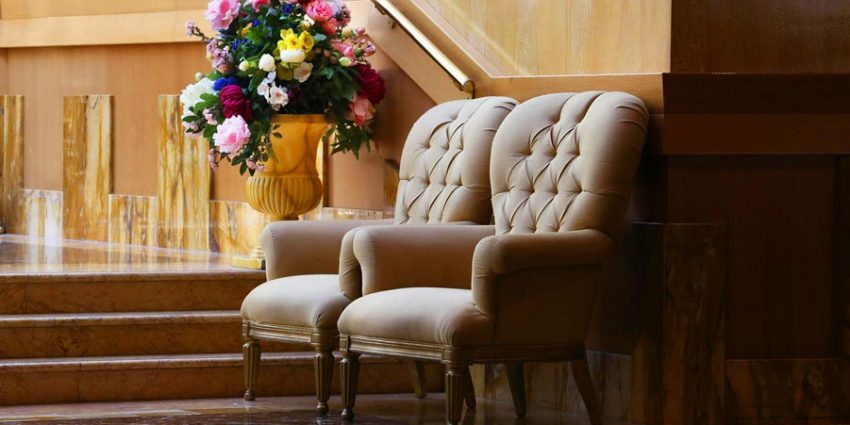Upholstering irregularly shaped furniture can feel like wrestling with a mischievous octopus—full of twists, turns, and a few unexpected surprises. Whether it’s a uniquely designed chair or a vintage sofa with curvy lines, these pieces can challenge even the most seasoned upholsterer. But fear not! With the right strategies, you can master the art of dressing these complex forms.
The Intricacies of Irregular Shapes
Irregular shapes come with their own set of challenges. Here’s what you need to consider:
- Measuring Madness:
Getting accurate measurements is crucial. Irregular pieces often have angles and curves that don’t conform to standard dimensions. A slight miscalculation can lead to fabric shortages or poorly fitted upholstery.
- Fabric Selection:
Choosing the right fabric can be tricky. Some materials don’t drape well over curves, while others may require extra care during installation. Stretchy fabrics might cling too tightly, while stiffer options can buckle, creating unsightly wrinkles.
- Sewing Skills:
Irregular shapes often demand custom cuts and seams. Mastering these techniques requires precision and a steady hand. A small error in sewing can amplify into a major flaw once the upholstery is fitted.
Strategies for Success
Now that we’ve unraveled the challenges, let’s explore strategies to navigate these obstacles:
- Thorough Preparation:
Before diving into the project, take detailed measurements from multiple angles. Create a template using paper or muslin. This preemptive step can help visualize how the fabric will interact with the furniture’s curves.
- Choose the Right Fabric:
Select fabrics that have a forgiving drape and are easy to manipulate. Lightweight cottons or blends can provide flexibility, while thicker materials may offer durability. Consider the piece’s purpose; if it’s for frequent use, prioritize wear-resistant fabrics.
- Practice Your Cuts:
When cutting fabric, allow for extra material at seams. This extra margin can save you from headaches later. Practice makes perfect, so test your cuts on scrap pieces to refine your technique.
- Custom Patterns:
For particularly complex shapes, creating custom patterns is invaluable. Use butcher paper or fabric to draft the shapes needed, ensuring that all angles and curves are accounted for. This will reduce guesswork and enhance accuracy.
- Utilize the Right Tools:
Equip yourself with the proper tools. A curved needle can help reach tight corners, while specialty staples and spray adhesives can assist in securing fabric snugly to the frame. Don’t skimp on quality tools; they make a world of difference.
- Take It Slow:
Rushing can lead to mistakes. Work patiently, allowing yourself time to adjust the fabric as needed. Tack down sections gradually, checking for fit and appearance as you go.
- Incorporate Padding Wisely:
Irregular shapes often benefit from strategic padding. Use foam or batting to fill gaps and create smooth transitions between surfaces. This not only enhances comfort but also improves the visual appeal of the upholstery.
Conclusion
Upholstering irregular shapes can be daunting, but it’s also an opportunity for creativity and skill-building. Each curve and contour presents a chance to showcase your talents.
Remember, every upholstery project is a journey. With patience and practice, you’ll find that irregular shapes are not just challenges to overcome, but also unique canvases for your craftsmanship.
So roll up your sleeves, gather your materials, and embark on the rewarding adventure of upholstering irregular furniture!

